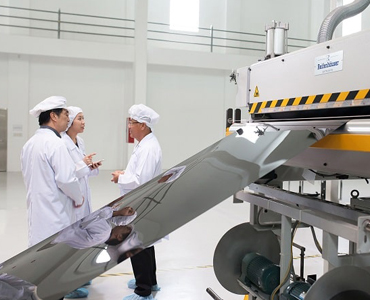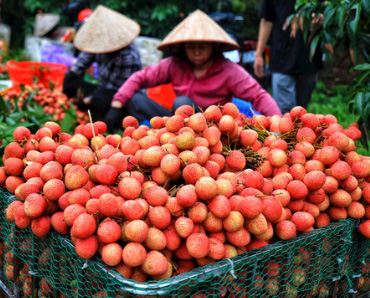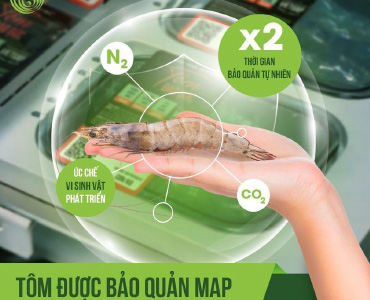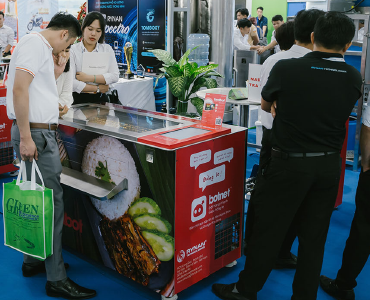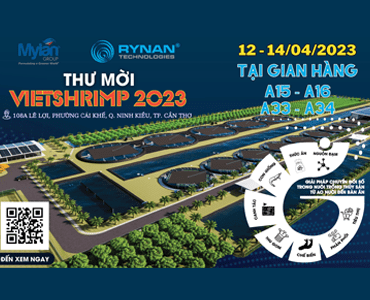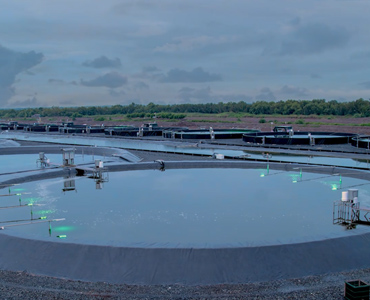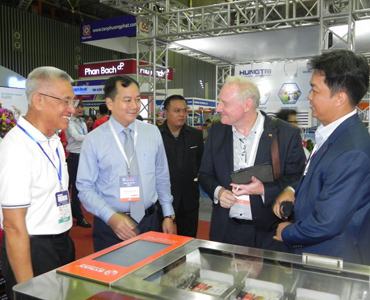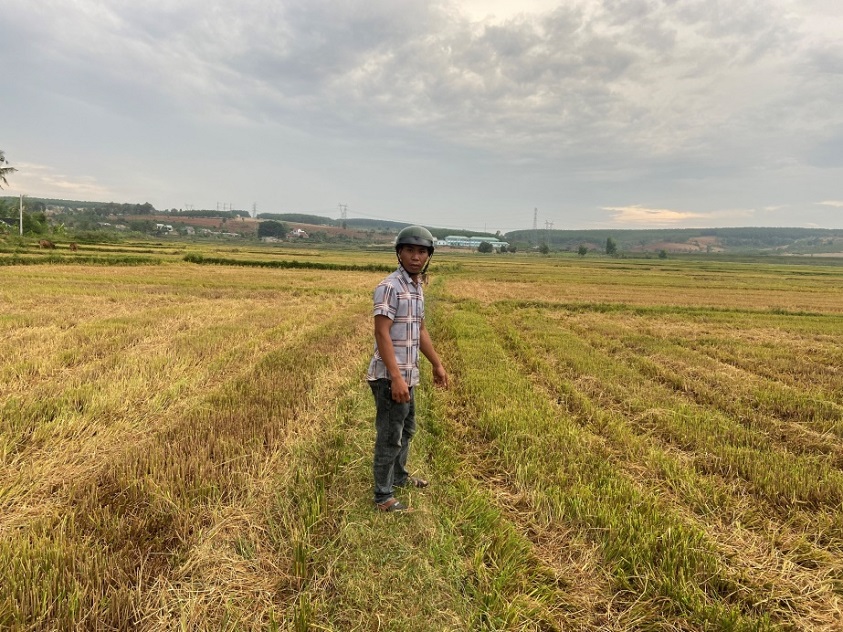- Email : [email protected]
- Working Hours :Monday - Friday, 08 am - 05 pm
- Call : +84 0294-3746-991
Go out to the fields to steal
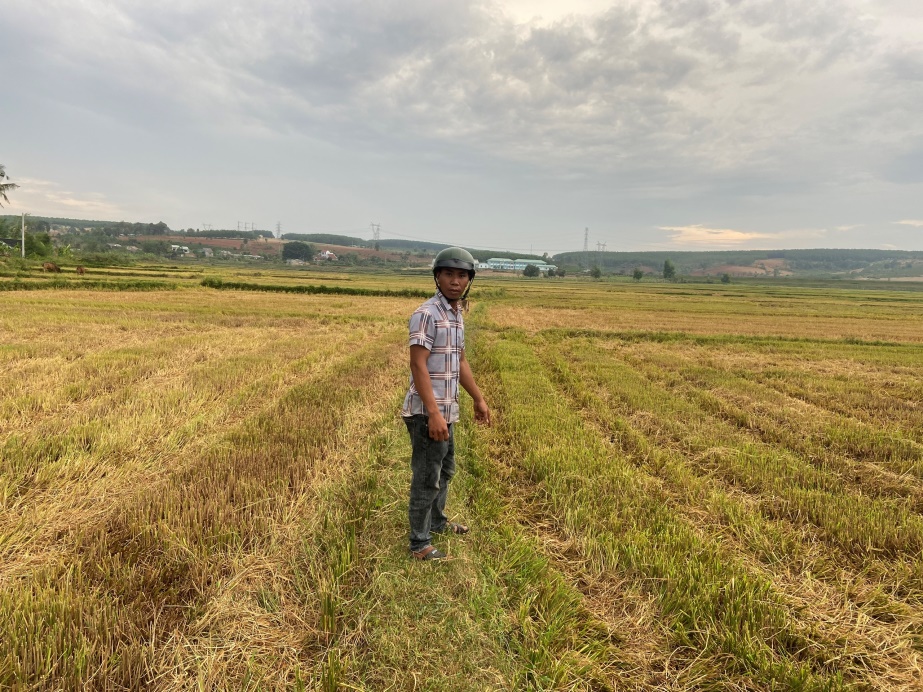
Our business researches and develops smart solutions applied to digital transformation in agriculture. One of the solutions we have put into trial use since 2020 is monitoring maps insects, helping farmers and related departments access information about insects through mobile phone download applications.
Over the past decade, the number of insects in the world has decreased by more than 41%. Among them, butterflies have decreased by 53%, bees have decreased by 46%, and one-third of other insect species are at risk of extinction. negatively affect one-third of human food intake because they play an important role in crop pollination.
One of the causes of insect decline is the overuse of non-specific pesticides. They kill both harmful pests and beneficial natural enemies, destroying habitats, causing reducing biodiversity and ecological imbalance. Furthermore, pesticides also negatively affect human health and increase production costs.
Our desire is to gradually reduce and eventually eliminate the use of pesticides in agricultural cultivation, helping Vietnamese agricultural products be cleaner, no longer contaminated with toxic chemicals, and at the same time, help Farmers have less damage to their health and have better income.
The insect monitoring map is built mainly based on daily collection of pest and natural enemy data from intelligent insect monitoring stations (IMS), installed in rice fields and gardens. fruit trees and industrial forests.
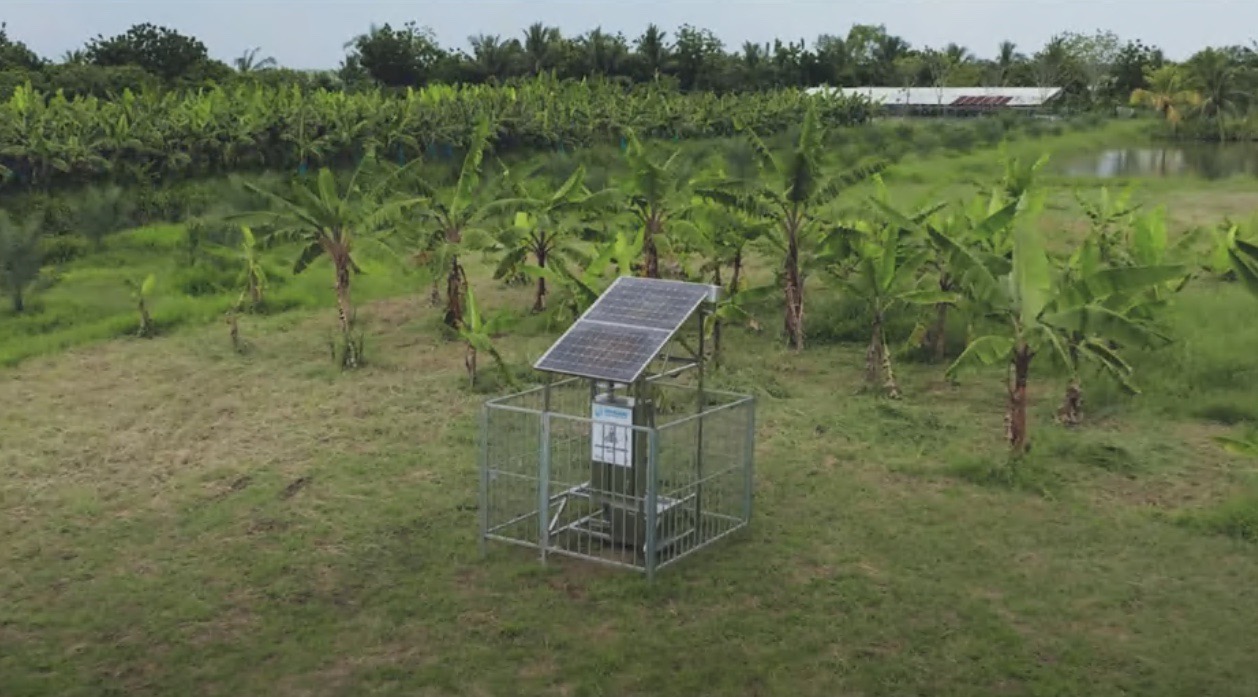
The IMS station is manufactured in stainless steel with a protective fence around it and operates automatically using solar energy. They include solar panels, lithium batteries, LED lights, collection chambers sample, camera-AI, sampling chamber cleaning unit. The IMS station is also equipped with a meteorological system including equipment to measure rain, sunshine, wind speed and direction, and air temperature and humidity. . All of the above components are connected and operated synchronously with an edge computing system specialized for remote insect monitoring.
Combined with remote sensing data on crops, farming logs and weather information, insect types and numbers can be forecast 12 days in advance with high accuracy.
By the end of 2023, we have installed 79 IMS stations, mainly concentrated in the Mekong Delta. In 2020, IFAD-AMD Tra Vinh organization sponsored the installation of 10 IMS stations on the Mekong Delta. rice fields in Tra Vinh.
In rice cultivation, brown planthoppers (BPH) cause yellow dwarfism and leaf curling dwarfism, causing great economic loss for farmers. Mist green stink bugs (MRB) are natural enemies of brown planthoppers. Every day , a green stink bug can eat 7-10 eggs and 1-5 brown planthoppers. Farmers here use mobile phones to access information about BPH and MRB. They are advised not to spray pesticides when the weekly average BPH/MRB ratio is below 2. From 2021 to 2023, farmers with fields near Tra Vinh IMS stations will no longer spray BPH pesticides, the total average amount of BPH will decrease by 65.5% and MRB increased by 269.4%. Similar results were also recorded in Dong Thap, Soc Trang and other provinces in the past 3 years.
While the fight against brown planthoppers is progressing smoothly, we and the farmers face another problem: the theft of digital technology equipment.
Despite having a protective fence around, all three IMS stations installed in Vi Thuy district, Hau Giang province had lithium batteries, cameras-AI and other important electronic components stolen. . Thieves break the fence, disassemble electronic parts and components and sell them at flea markets and technology stores, for 1-2 million VND for each device.
Meanwhile, the entire IMS system is worth hundreds of millions of dong. Lacking equipment, the machine cannot operate and insect data collection is interrupted, greatly affecting forecasting and warning in advance of disease outbreaks on rice and crops caused by pests. This also disrupts the process of building a large database of insects in each locality.
The IMS stations are located in the middle of fields or on large areas, no one from the security forces can monitor the “thieves”.
Recently, we self-funded the restoration of these IMS stations and installed additional GPS circuits in parts that are often stolen. Hopefully, this solution will quickly stop the bad guys. detected.
Another solution, in the long term, in my opinion is to widely propagate and disseminate the benefits of the insect monitoring network to the community, to each farmer's own field. Once aware If the knowledge and responsibility of all local people is improved, the theft of public property will be reduced.
Following the current momentum of digital transformation in Vietnam's agricultural sector, in the coming days there will be hundreds of thousands of digital technology devices installed in the fields to automatically collect data on current conditions. condition of soil, water, crops, insects, weather... IMS stations will not be the only target of thieves.
Tolerating the act of stealing digital equipment means accepting the thief's small gain in exchange for the community's huge loss. Any effort to bring digital technology to the field will become like salt in the sea.
Nguyen Thanh My
Nguồn bài viết: https://vnexpress.net/ra-dong-an-trom-4711650.html




